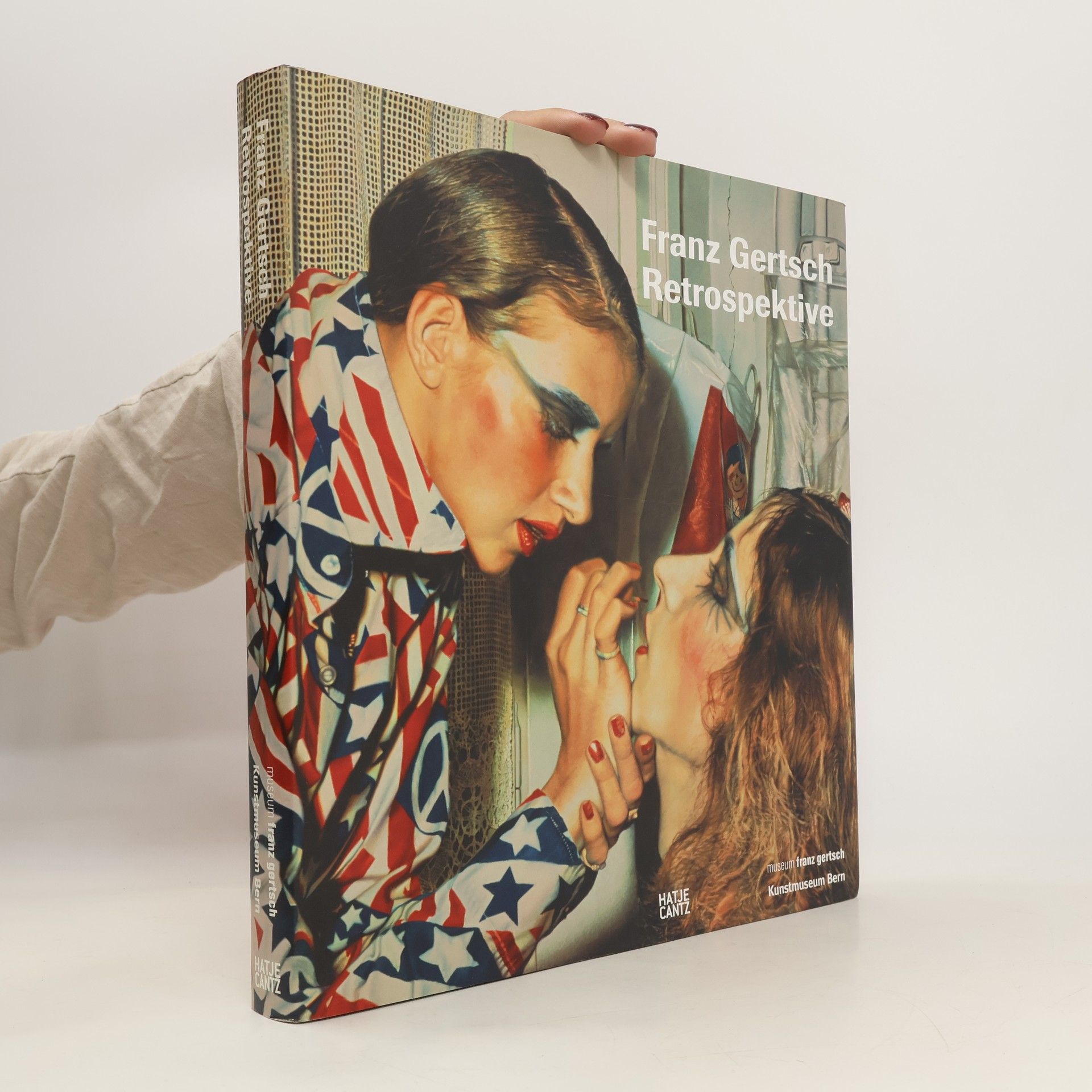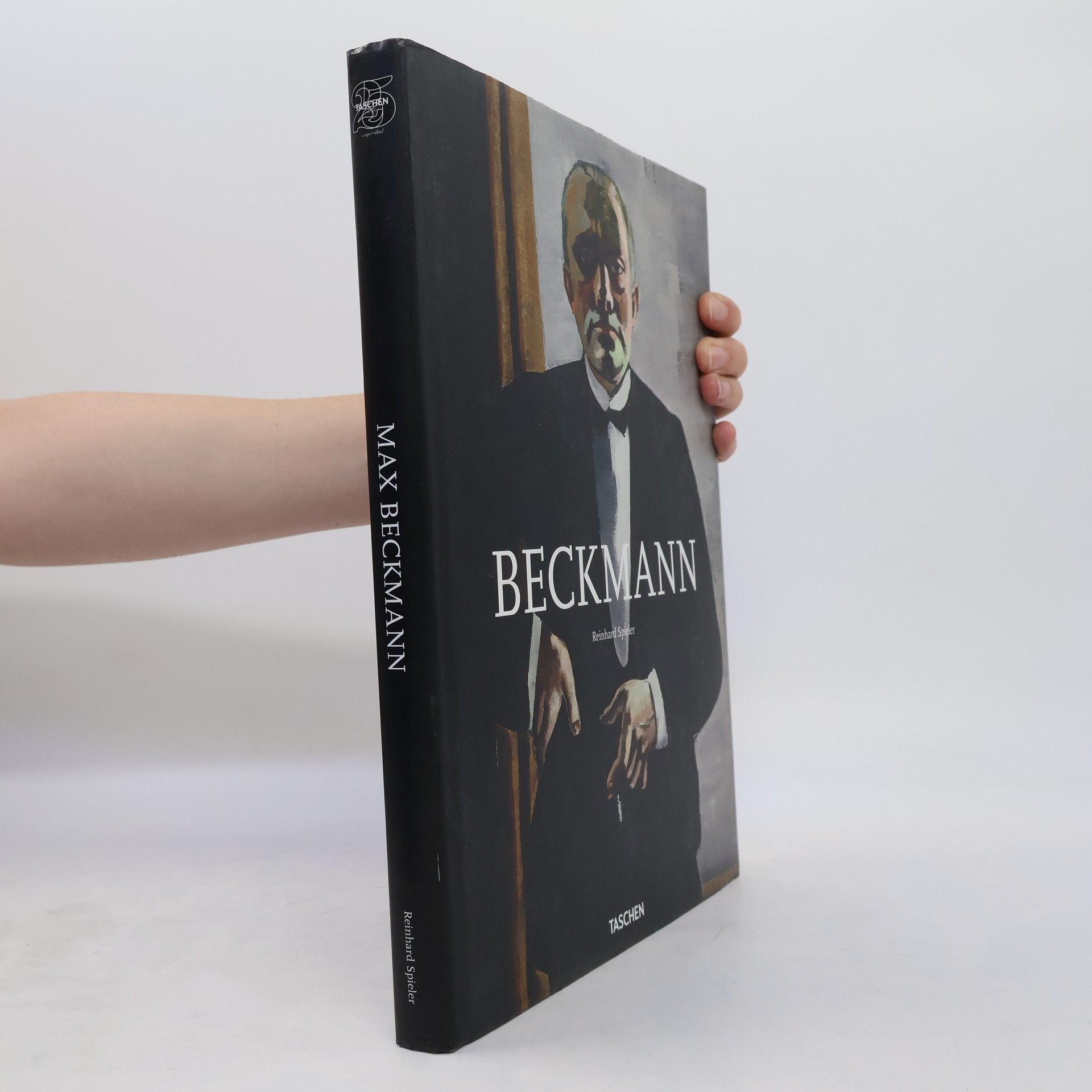Vasily Kandinsky
- 320pages
- 12 heures de lecture
This book presents Vasily Kandinsky s major paintings from all phases of his artistic career and celebrates the artist and his groundbreaking work. This generously illustrated volume displays Vasily Kandinsky's brilliant use of color, shape, and composition through approximately 250 full-color illustrations. Essays by the world's leading Kandinsky experts focus on the evolution of his work throughout all periods of his career: his exploration of his Russian roots and his emigration to Munich; his attraction to the Art Nouveau and fauvist movements; the formation of the Blue Rider group; the influence of music on his painting; his years at the Bauhaus; and his late work in Paris. The book s design allows for a thorough examination of Kandinsky s most important works in all their extraordinary detail. Accessible, impeccably researched, and wide-ranging, this important volume offers an indispensable overview of the artist s seminal works and a tribute to the beauty and power of Kandinsky s vision



